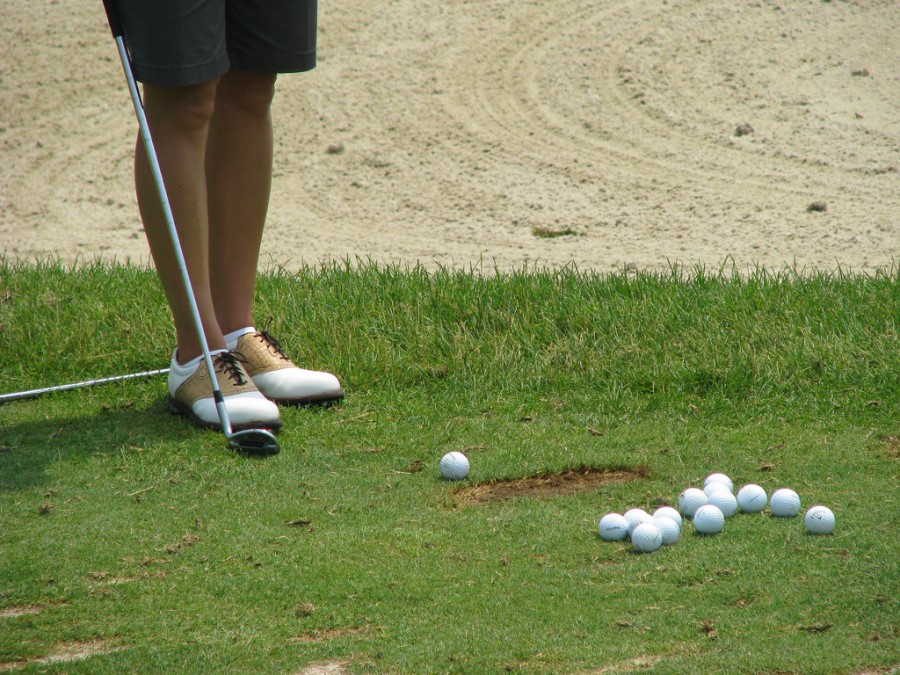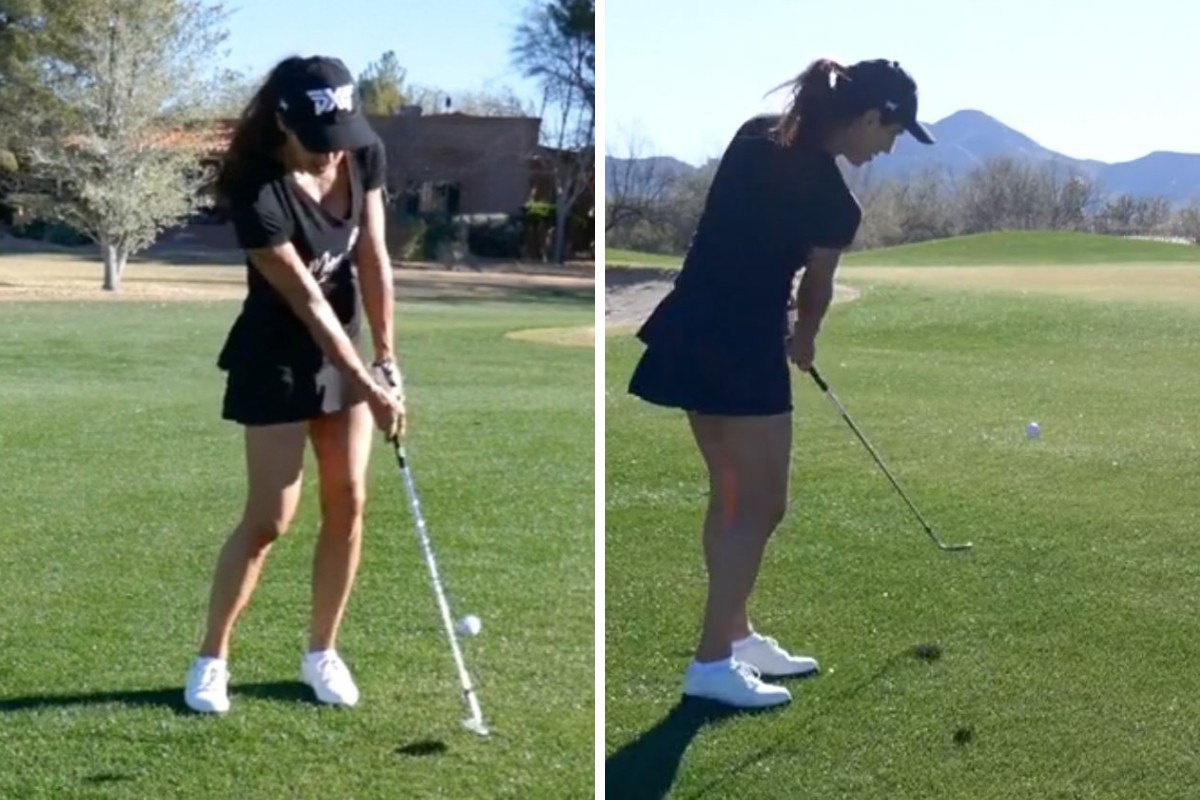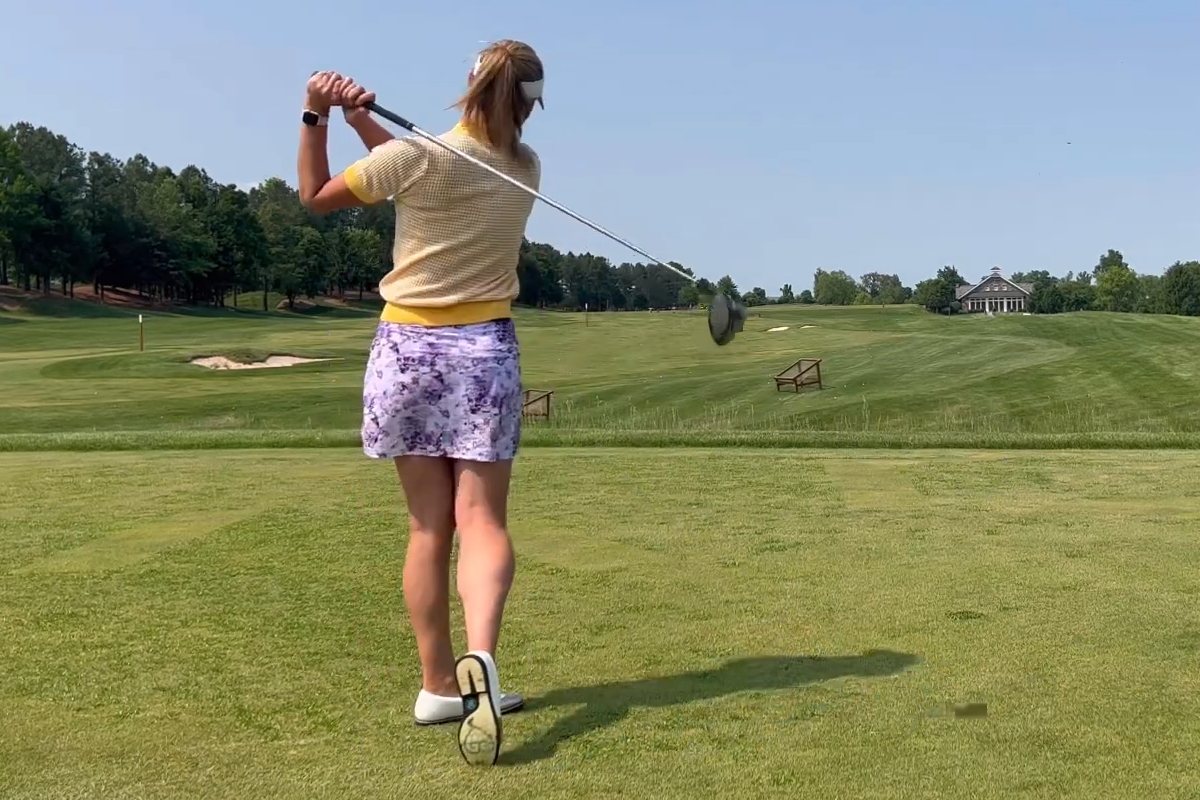Have you ever tried the latest drill or training aid promising to cure your slice or add distance to your tee shots only to discover little if any progress on the golf course? Don’t despair! It may not be what you’re practicing that is the problem, but rather how you’re practicing. It is important to practice golf effectively. A great deal of research from the field of motor learning has emerged suggesting how best to practice a physical skill such as the golf swing to promote learning. This is the first in a series of articles written to show you how best to design your practice sessions to play better golf.
Practice golf when you are motivated
The first condition of an effective practice session is motivation. Think of motivation as fuel for your engine. With sufficient fuel, you can travel anywhere. Without it, you’re going nowhere! Motivation generates and directs energy. It is a dynamic process and differs from golfer to golfer. For some, the drive to developing their golf game comes easily. But we all have those days when we don’t feel like pulling out our golf bags. So, what can you do to promote motivation?
Setting SMART practice goals
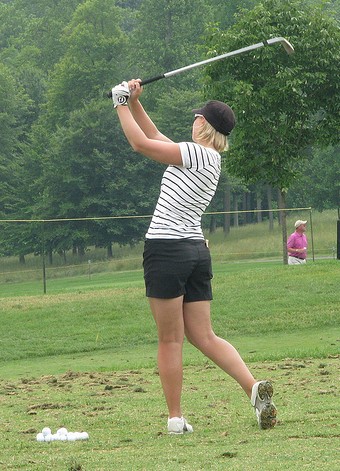 First, set a combination of short and long term goals. Reflect on your current golf game. What are your strengths and weaknesses? Keep it simple. Start with one area you feel would make an impact on your game.
First, set a combination of short and long term goals. Reflect on your current golf game. What are your strengths and weaknesses? Keep it simple. Start with one area you feel would make an impact on your game.
For example, let’s assume putting is your golfing nemesis. On average, you have 40 putts per 18-hole round.
Consider the acronym “SMARTER Goals” when creating a goal. Ideally, goals are specific and measurable. Simply saying you want to improve your putting is too vague. It provides little direction. A stronger goal would be “I intend to lower my average putts per round from 40 to 36.” You want your goal to be attainable and realistic. Creating a goal of 30 putts per round may be unrealistic in the immediate future and will likely set you up for failure and frustration.
Remember, you want your goal to fuel success and build momentum. Set a time frame from which you intend to accomplish your goal. “I intend to lower my putts per round average from 40 to 36 in two months.” This will help keep you on task so you don’t put off practice while vacationing on the infamous “Tomorrow Isle!”
Evaluate your progress on a regular basis. After two weeks, do you notice any improvements on the golf course? If not, reassess your strategy for improvement. Perhaps you need an expert’s opinion on your putting technique. Schedule a golf lesson with your local golf professional. Perhaps you need to spend more time practicing before you are to see any meaningful change. No worries…it’s part of the process. Redo your strategy and move forward with the satisfaction that you are discovering what works best for you.
Getting fun and variety into your practice
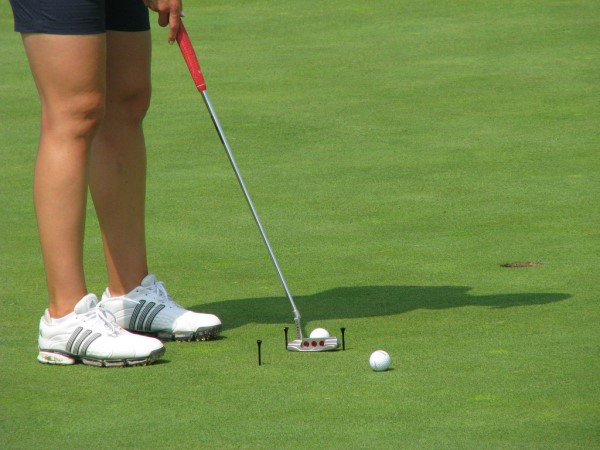 As you work toward the achievement of your goal, be sure to incorporate fun and variety into your practice. Your brain wakes up when it encounters a change in its environment.
As you work toward the achievement of your goal, be sure to incorporate fun and variety into your practice. Your brain wakes up when it encounters a change in its environment.
Going to the putting green every afternoon and methodically practicing 10 3-footers, followed by 10 4-footers, followed by 10 5-footers will put your brain to sleep. Given focus is essential for effective practice, incorporate a variety of games into your practice routine.
Here’s a great game to get started with:

